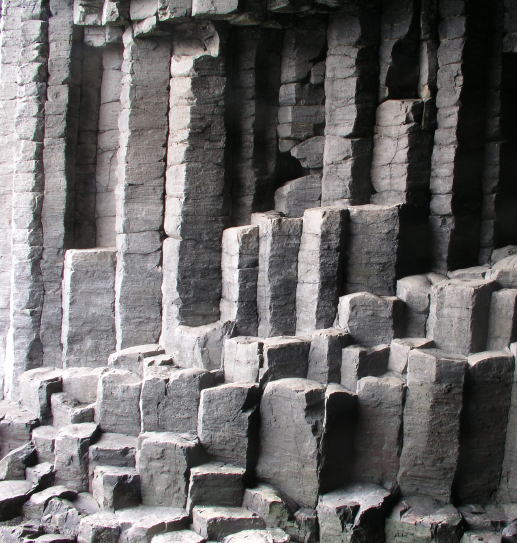
Nonequilibrium scale selection mechanism
for columnar jointing
Proceedings of the National Academy of Science, 106, 387 (2009).
Lucas Goehring [1],
L. Mahadevan [2]
and Stephen W. Morris [3]
[1] BP Institute for Multiphase Flow, University of Cambridge, Madingley Road, Cambridge, UK CB3 0EZ
[2] School of Engineering and Applied Sciences,
Harvard University, 29 Oxford Street, Cambridge, MA 02138
[3] Department of Physics,
University of Toronto, 60 St. George St., Toronto, Ontario, Canada M5S 1A7.
